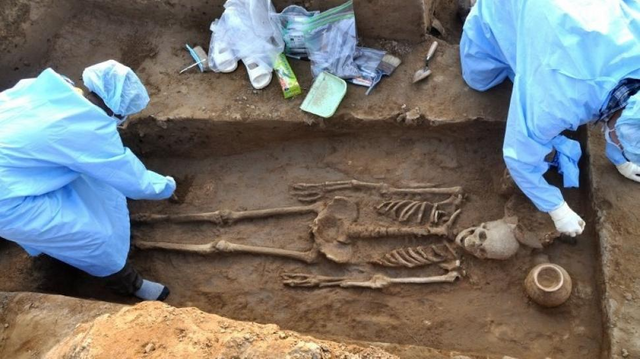Archaeologists are reported to have found skeletons in relatively good condition during excavations of tombs in the ancient city of Pompeii. This is one of the evidences that explain the culture in the past. Pompeii itself is still a mystery. Where, the city that was destroyed by a volcano in 79 BC continues to be studied.
Excavations over the years have led to the discovery of tombs, chariots, and houses with frescoes. Recently, a skull with a tuft of white hair and part of an ear, bones and fragments of cloth has been found at the Porta Sarno cemetery.

The skeleton was quite special. Because most adults in Pompeii were cremated after they died at that time. A tomb inscription has shown that the owner was a freed slave. His name is Marcus Venerius Secundio.
He was also an important figure in the entertainment world at that time. He also insisted on arranging a show held in Greek in Pompeii.
"The performances in Greek are a testament to the lively and open cultural climate that characterized ancient Pompeii," said Gabriel Zuchtriegel, director of the Pompeii Archaeological Park.

With the extraordinary size of the tomb, Zuchtriegel said that Marcus Venerius was able to make a living for himself after being released as a slave.
"He didn't become super rich, but he did reach a great level of wealth," he continued.
